With the expected big recovery in the travel industry ahead, it’s a perfect time to re-evaluate your marketing strategy and tactics. Many hotels are going through their harshest times ever, and there’s little margin for error when it comes to being prepared for when demand returns. In this article, you can learn how to use the Hotel Marketing Canvas©, a framework for building a solid marketing & communications plan.
The Hotel Marketing Canvas
The Hotel Marketing Canvas is a strategic framework that helps hotels create and execute solid marketing and communication campaigns. The hotel Marketing Canvas consists of four building blocks; ‘Your Audience’, ‘Your Brand’, ‘The Marketing Funnel’ and ‘Brand Fans’. These blocks serve as the foundation for activating your brand and making sure that the right guests, get the right message at the right time and the right KPIs are analysed. It also ensures that you build a solid marketing database, as a base for long term growth.
In this article, we’ll walk you through the highlights of each building block.
Click here to download the Hotel Marketing Canvas
1. Your Audience – Get to Know Your Guests
The very first step of the Hotel Marketing Canvas is exploring all insights on the type of guests you would want to attract and who would be interested in staying at your property. Most likely your property will have multiple guest types you would want to target, especially when you also have meetings & events venues (e.g. corporate bookers, local companies) or F&B outlets (locals). For each type, you can gather insights by asking questions like What are their demographic characteristics? Are they mostly families or couples? What jobs do they typically have? What lifestyle brands do they like and what media do they read? What are they looking for in a hotel? How would they search for a hotel, venue or destination?
Based on these insights you can then create audience profiles for each type, providing a clear picture of their characteristics, needs, wants, interests and potential touchpoints. This will help you tremendously in targeting the right people, with the right message on the right channel.
2. Your Brand – What Makes Your Hotel Stand Out
The following building block is all about determining why your potential guests would like and choose your property. What is it about your brand that makes you stand out from competitors? What’s your brand promise to each of your audience profiles? How are you translating your brand identity, brand story and brand values into a consistent guest journey and guest experience?
The ‘Audience’ and ‘Brand’ sections of this canvas serve as the foundation for a long-term profitable business. Without a clear picture on your market and without a distinctive brand identity, in the long run, your property will be a popular commodity at its best and empty at its worst. In the short run, you’ll be shooting in the dark when it comes to your marketing activation. So if you can’t answer the above questions easily, there’s some work to do before thinking about what marketing tactics to apply!
3. The Marketing Funnel – Following the Guest Journey
The third step of the hotel marketing canvas is creating a marketing funnel. With the foundation in place, it’s time to work on the activation of your brand. For this building block, ‘The Marketing Funnel’, we analyse the stages of a potential booker’s journey. Many (leisure) guests who stay at your property usually go through the same stages. They first seek inspiration for their next trip or holidays (the ‘Inspiration’ stage). Once they have chosen their next destination, they will look for accommodations (the ‘Awareness’ stage) that fit their needs, wants and budget. After researching available options, they will shortlist their favorite hotels (the ‘Consideration’ stage). Finally, after picking their number one option, the decision will be made on where to book the hotel (the ‘Conversion’ stage).
The objective of this building block is to have a clear understanding of your audience’s intention, the objective for your marketing efforts, the key message you should convey and the relevant touchpoints, activities and KPIs at each stage of the potential booker’s journey.
3.1 Intent & Objective of Your Lookers
In each stage, these potential bookers, or ‘lookers’, have a different intent. You’ll therefore have to adjust your marketing activities and communication accordingly. As an example, a message about a 10% discount on your room price, will be far less effective in the early stage of ‘Inspiration’, but could give a decisive push in the ‘Consideration’ stage. For each stage, you would have to determine what the objective of your marketing activity should be and the key message it should contain.
3.2 Touch Points & Activities to Convince Lookers
The same applies to the channels you choose for your marketing communications. In the ‘Inspiration’ stage, lookers might be browsing magazines, blogs, Instagram or Pinterest to gather ideas for their next trip. In the ‘Conversion’ stage they will most likely be looking at your profile on OTAs, Metasearch channels and (hopefully!) on your own booking engine or offers page. So aside from adjusting your communication to each stage, you’ll also have to determine the right touchpoints and channels for your messages and activities.
3.3 KPIs for measuring success
The great thing about digital marketing is the amount of data you can measure and analyse to determine the effectiveness of campaigns. Equally important, however, is selecting the right KPIs for each stage. If you’re launching a campaign targeted to inspire lookers or to create awareness for your brand, you’ll probably be disappointed if you’re only focussing on the measured revenue or conversions driven by that campaign. In those early stages, lookers are usually not ready to convert yet. Therefore it could make more sense to track KPIs such as engagement on your social posts, traffic to your website and user behavior on your website. Do they visit multiple pages and do they check availability and prices? These are indicators that you might get shortlisted for the ‘Consideration’ stage, which should be the objective of the early stages.
4. Brand Fans – Turn Lookers and Bookers into Fans
In the last step of the hotel marketing canvas, you have to create fans. In all stages of the marketing funnel lookers will drop off and won’t convert into bookers. It however does not mean that all these ‘drop-offs’ will never stay at your hotel. It might be that you did not have availability on the dates they search for or their planned trip got postponed. Some of these lookers might also be ‘dreamers’. They are just looking for inspiration for bucket list trips and hotels to stay for. Some day, when they have the time and the budget, they will eventually book that trip.
To build up a valuable marketing pool, you would want to turn those dreamers, lookers but also bookers and happy guests, into fans of your brand. By converting them to followers and fans on your social channels or to subscribers of your newsletter, you can stay connected. Each piece of communication is another chance to inspire them and another opportunity to get them in the Marketing Funnel.
Using the Hotel Marketing Canvas for Different Audiences
The Hotel Marketing Canvas is a key technique for designing and implementing a successful marketing plan for a hotel. In the examples above we have focussed on the typical ‘leisure’ guests. The Hotel Marketing Canvas exercise can however be done for each audience profile you have created in the first building block. If you have a meeting venue, a restaurant or a bar, you will need to establish for each of them who you want to communicate to, what the key message should be, at which stage and on which touchpoint.
Free Download: Hotel Marketing Canvas
Using a framework like the Hotel Marketing Canvas ensures that you allocate your budget, resources and focus on effective campaigns and communication for a maximum return.
More Tips to Grow Your Business
Revfine.com is the leading knowledge platform for the hospitality and travel industry. Professionals use our insights, strategies, and actionable tips to get inspired, optimize revenue, innovate processes, and improve customer experience.Explore expert advice on management, marketing, revenue management, operations, software, and technology in our dedicated Hotel, Hospitality, and Travel & Tourism categories.

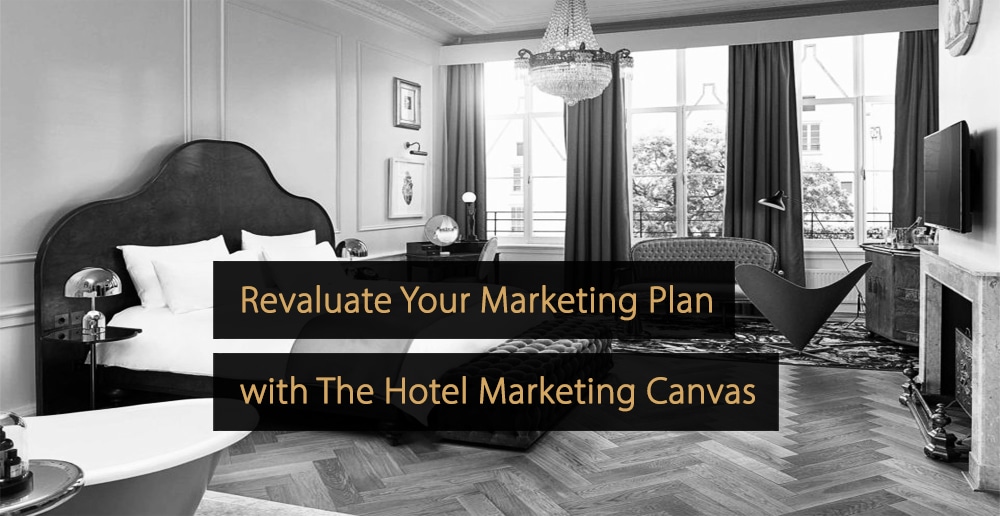
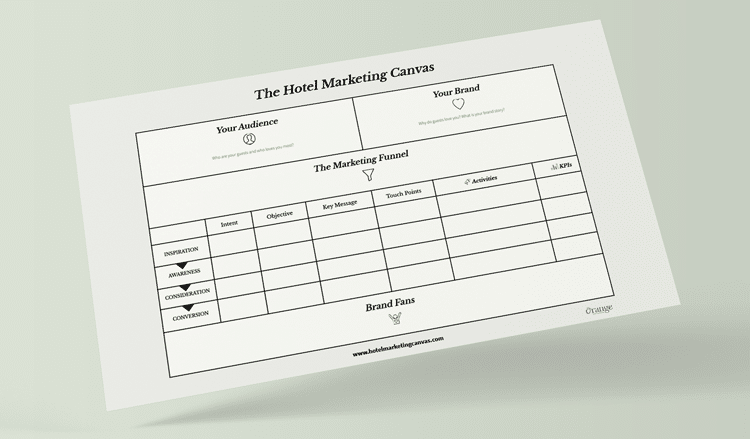
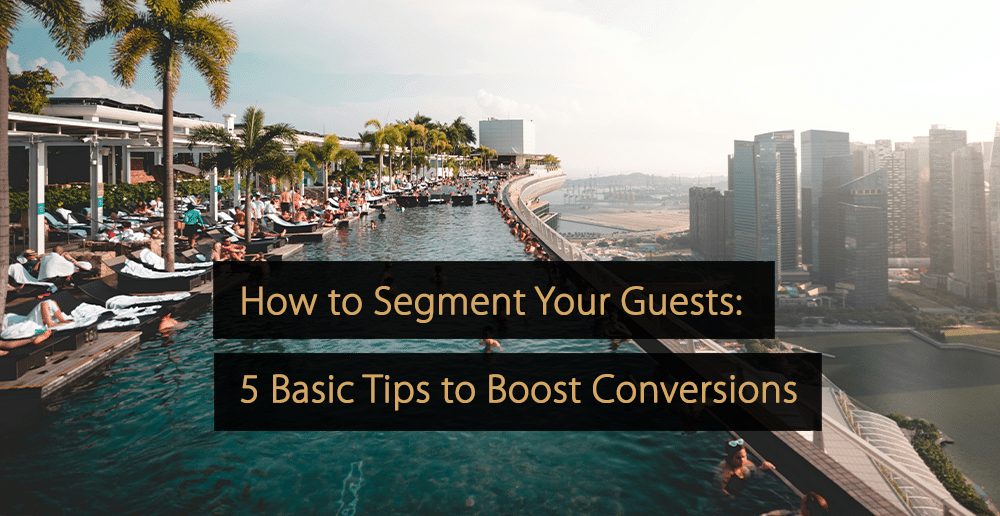
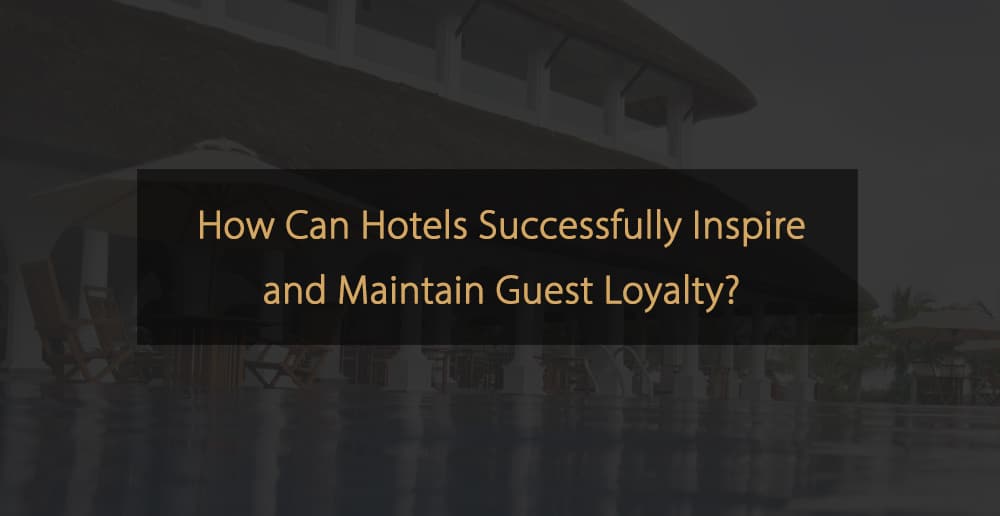
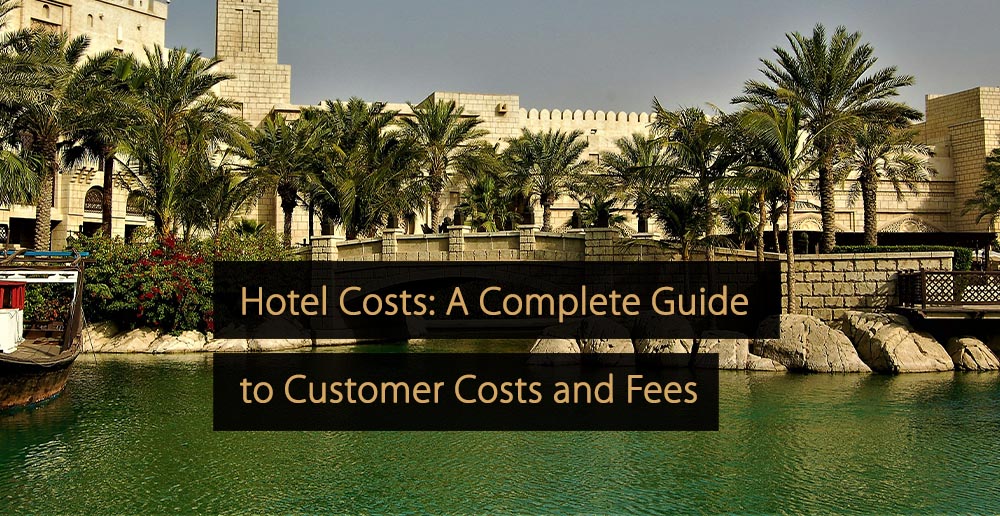
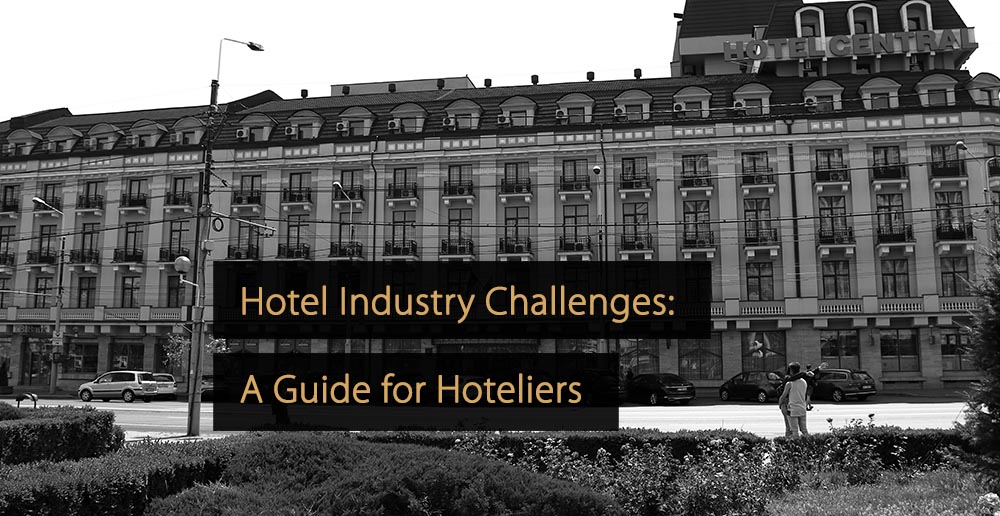

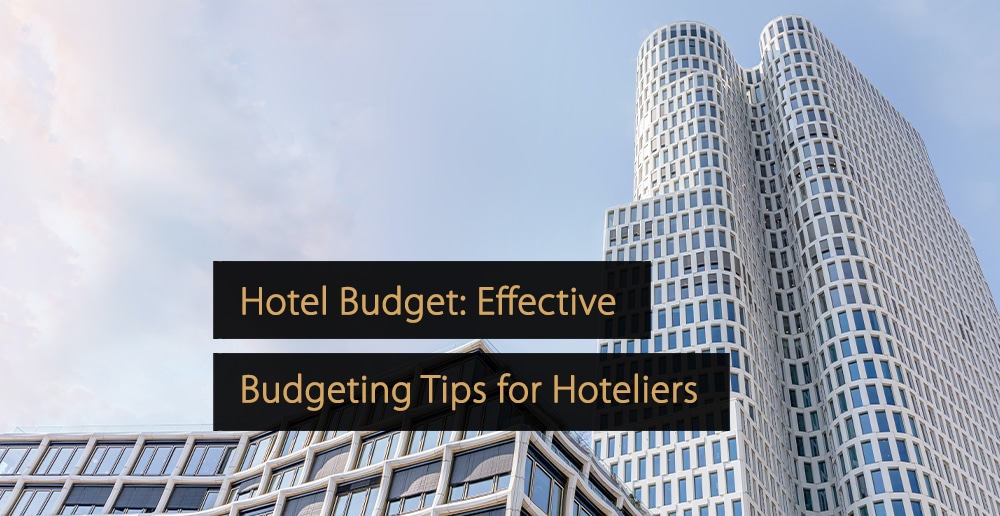
Leave A Comment